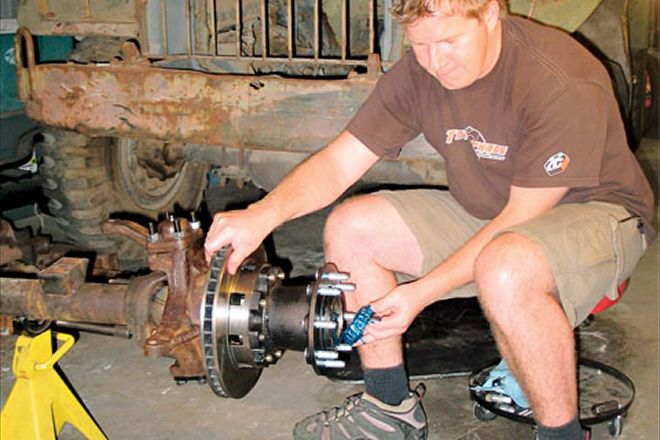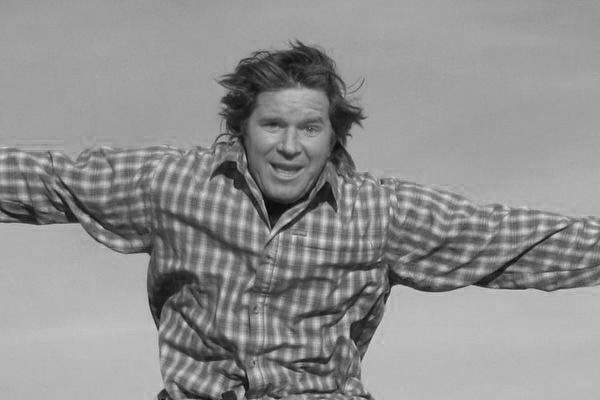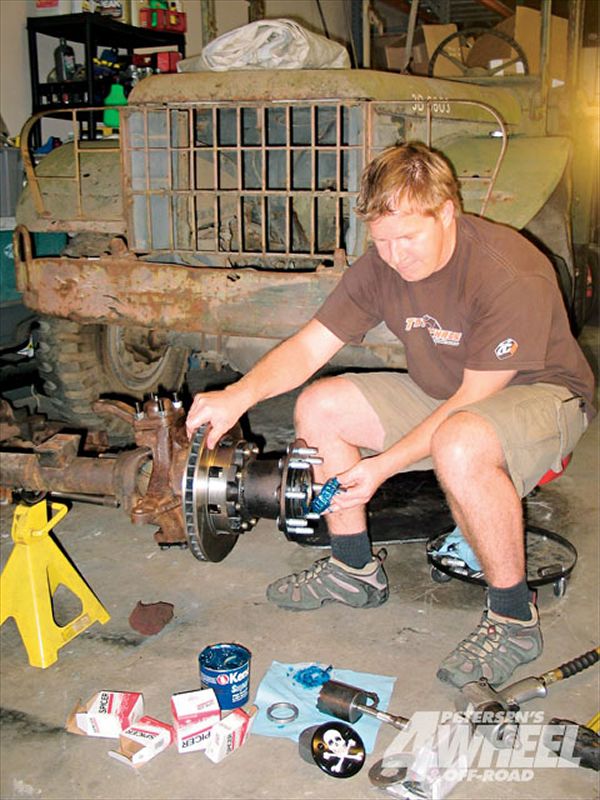
 Fred Williams
Brand Manager, Petersen’s 4Wheel & Off Road
Fred Williams
Brand Manager, Petersen’s 4Wheel & Off Road

Packing wheel bearings is one of our favorite things to do. OK, we're lying. It's a dirty, messy, tedious job, but a very important job all the same. The basic premise of a wheel bearing is a hub that rotates on a spindle. Your wheels attach to the hub and the spindle attaches to the axlehousing. Between the hub and the spindle are bearings, usually two sets-an inner and outer wheel bearing. These bearings are comprised of little rollers that are held in a cage. These rollers roll along between the cage that rests on the spindle and the race that is pressed into the hub.
To keep these little rollers happy you have to bathe them in grease. The grease keeps everything rolling and cool, and it acts as a microscopic cushion between the bearing rollers and the race. If you go through water and contaminate the grease, get dirt in the grease, or don't change the grease regularly, it will eventually deteriorate until it doesn't do its job anymore. Then the bearings will heat up and eventually melt, weld, and burn up inside your hub, resulting in a very expensive fix. This can result in terrible handling in the best-case scenario. In the worst-case scenario, the hub could lock up, the wheel could fall off, and your 4x4 might just cruise off the edge of a high mountain cliff with you in it-with no wheel or brake to stop you.
So either get dirty or risk death and destruction. Grease is cheap, bearings can last a long time with proper service, and packing wheel bearings is easy, so we decided a basic refresher course on packing bearings on a front axle was due. We did this to a Dodge Dana 60 front axle with dualie hubs, but the basics are the same no matter what front axle you have. Just take the time and keep your bearings happy. If your axle doesn't have rebuildable bearings, but rather unit bearings, we'll show you how to replace them in an upcoming Back to Basics.







 PhotosView Slideshow
PhotosView Slideshow









